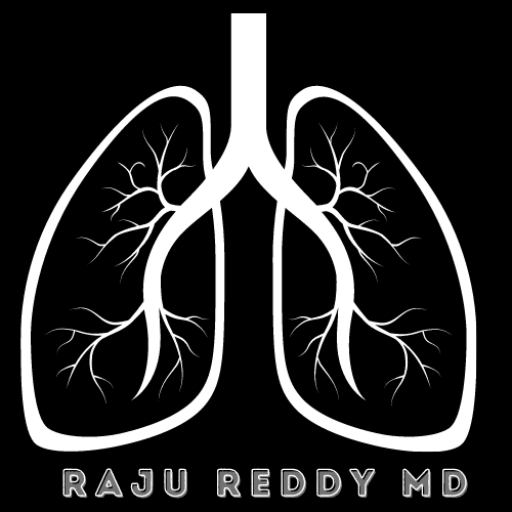Secondhand smoke, also known as passive or involuntary smoke, poses serious health risks to both smokers and non-smokers. Here are the dangers of secondhand smoke, explore its impact on lung health, and discuss strategies for protecting yourself and those around you, supported by credible sources.
Understanding Secondhand Smoke:
Composition and Risks:
Secondhand smoke contains more than 7,000 chemicals, with hundreds of them being toxic and about 70 known to cause cancer. Exposure to secondhand smoke has been correlated to various health issues, particularly respiratory problems in both adults and children.
Impact on Children:
Children are especially vulnerable to the damaging effects of secondhand smoke. Exposure can lead to respiratory infections, sudden infant death syndrome (SIDS), and increased severity of asthma symptoms.
Protecting Yourself and Others:
Create a Smoke-Free Environment:
Establishing a smoke-free home and car is critical in protecting yourself and your family from secondhand smoke. Designate outdoor smoking areas away from doors and windows to minimize exposure.
Encourage Smoking Cessation:
Encourage smokers to quit and provide support in their cessation efforts. Quitting smoking not only improves the smoker’s health but also protects those around them from secondhand smoke.
Advocate for Smoke-Free Spaces:
Support and advocate for smoke-free public spaces and workplaces. Communities with comprehensive smoke-free policies have significantly reduced secondhand smoke exposure and related health issues.
Recognizing the Signs:
Identifying Secondhand Smoke Exposure:
Be aware of secondhand smoke exposure signs, such as a lingering smoke odor on clothes or in indoor spaces. If you can smell smoke, it means you are being exposed to harmful chemicals.
Monitoring Health Symptoms:
Pay attention to any respiratory symptoms, such as coughing, wheezing, or shortness of breath, if they worsen in specific environments. These could be indicators of exposure to secondhand smoke.
Conclusion:
Secondhand smoke is a pervasive health hazard with far-reaching consequences for respiratory health. By taking proactive measures to create smoke-free environments, advocating for smoke-free policies, and supporting smoking cessation efforts, we can collectively work towards reducing the impact of secondhand smoke on lung health. Clearing the air of tobacco smoke is crucial in promoting healthier lives for everyone.


